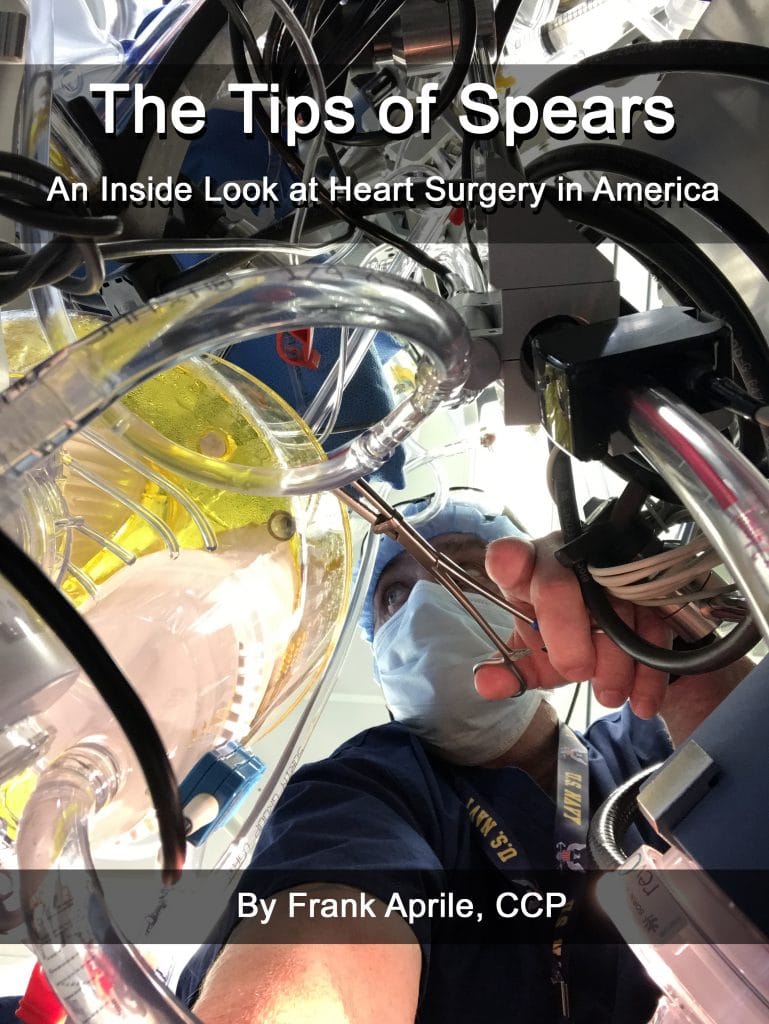Improving Outcomes of Iatrogenic Type A Aortic Dissection during Cardiac Surgery

Background
Iatrogenic Type A aortic dissection (IAD) is a rare but devastating complication of cardiac and aortic surgery with reported operative mortality of 30 to 50%. In this study, we report our experience with IAD and propose a standardized approach to management.
Methods
From January 1, 2000 through December 31, 2016, 23,275 patients underwent cardiac surgery at our institution. We identified 15 patients who developed IAD. Our approach to management included (1) immediate repair, (2) involvement of a second attending surgeon, (3) aggressive monitoring of malperfusion, (4) securing true lumen arterial perfusion access and systemic cooling, and (5) performance of hemiarch or total arch replacement based on the presence of suspected brain malperfusion. The index operation was also completed at the same time. Patient preoperative characteristics, operative sequence and technique, complications, and outcomes were analyzed with chart review.
Results
The incidence of IAD at our institution was 0.06% (n = 15). A disproportionate percentage of patients had aneurysmal ascending aortas (33.3%). The index surgery consisted of aortic surgery in five patients (33.3%), coronary bypass in three patients, valve surgery in five patients, and transplantation in one patient. The mechanism of dissection was aortic cannulation in 66.7% and aortic root vent site cannulation in 13.3%. In 46.7% of patients, the IAD was first recognized based on clinical evidence such as aortic hematoma, pericardial bleeding, or abnormal perfusion line pressures. In 40.0%, the diagnosis was made with intraoperative echocardiography without any clinical manifestations. The timing of the diagnosis was at the initiation of cardiopulmonary bypass initiation in 60.0%, while in 40.0% it was recognized after discontinuation of bypass. Hemiarch was done in 73.3% and total arch replacement performed in 13.3%. Isolated ascending repairs were done in two patients. Bypass and cross-clamp times were 229.5 ± 212.7 minutes and 130.5 ± 109.5 minutes, respectively. In-hospital mortality in our cohort was 6.7%. While stroke occurred in one patient, no visceral organ malperfusion was recognized.
Conclusions
Incidence of IAD is low with cannulation of an aneurysmal aorta being a risk factor. A standardized approach may result in reduced operative mortality.
